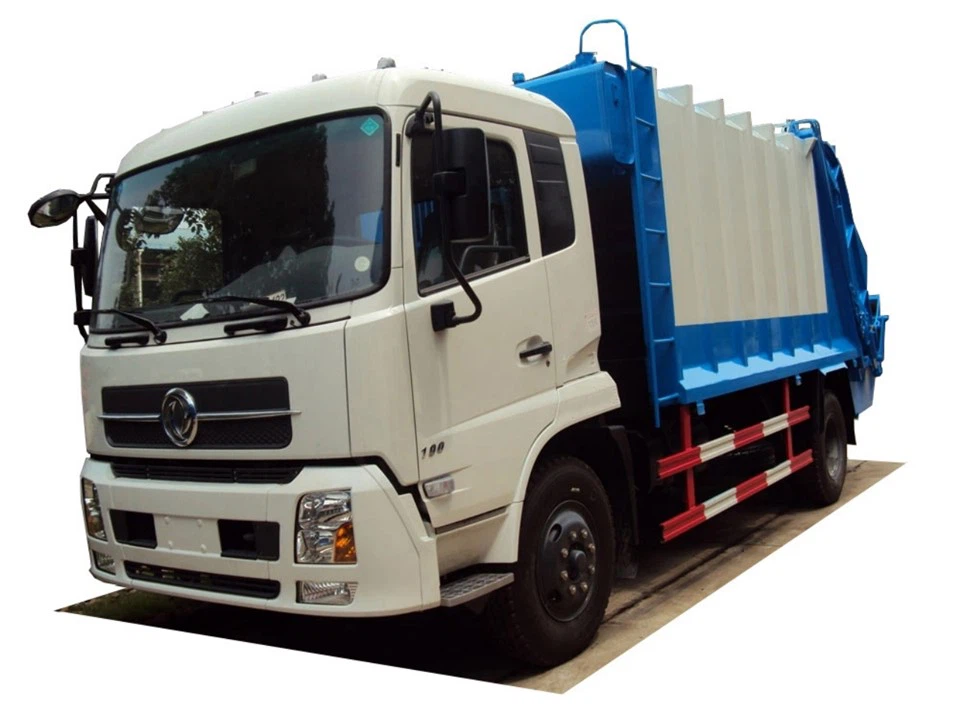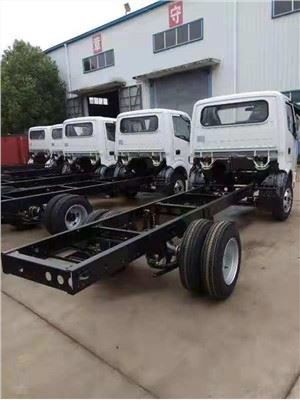Understanding Truck with Chassis: A Comprehensive Guide

The world of trucks is vast and varied, especially when discussing different types and their applications. Among the various configurations available, the “truck with chassis” stands out as an essential topic for businesses and individual users alike. In this comprehensive guide, we will delve deep into what trucks with chassis are, their types, advantages, applications, and much more.
What is a Truck with Chassis?
A truck with a chassis refers to a vehicle equipped with a frame that supports the body and other components. This type of truck serves as the foundational structure for various truck bodies, allowing for customization and versatility. These chassis are typically designed for specific weight ratings and purposes, making them ideal for different applications.
Components of a Chassis Truck

Understanding the components of a truck with a chassis is crucial for comprehending its functionality:
- Frame: The backbone of the truck, supporting all components.
- Engine: Provides power and ensures performance.
- Transmission: Transfers the power from the engine to the wheels.
- Axles and Suspension: Support the weight of the truck and provide stability.
- Wheels and Tires: Ensure movement and traction.
- Cab: The driver’s area which can also be customized.
Types of Trucks with Chassis
1. Light-Duty Trucks
Light-duty chassis trucks are perfect for urban environments where agility is needed. They generally have lower payload capacities and are often used for local deliveries, service jobs, or recreational vehicles.
2. Medium-Duty Trucks
These are often used for commercial purposes and have a balance between power and fuel efficiency. Medium-duty trucks are used for larger deliveries, construction work, and various service applications.
3. Heavy-Duty Trucks
Heavy-duty trucks are built for significant loads and long distances. They are commonly used in freight transport, construction, and industrial applications. Their chassis are reinforced to handle the weight and stresses involved.
4. Specialty Trucks
Specialty trucks are customized for specific tasks, such as flatbeds, tow trucks, or those designed for waste management. The chassis can be modified based on the requirements of the job.
Advantages of Trucks with Chassis
Versatility
One of the primary advantages of a truck with a chassis is its versatility. Users can easily swap out different truck bodies for specific functions, enhancing its usability.

Customization
Many businesses require tailored solutions, and trucks with chassis can be customized according to needs, from adding specialized equipment to modifying cab sizes.
Cost-Effectiveness
Investing in a truck with a chassis can be more cost-effective over time. The ability to switch bodies allows for fewer vehicle purchases, reducing operational costs.
Maintenance and Repair
Chassis trucks often have simpler mechanical systems, making them easier and cheaper to repair. Standardized components can also be more readily available.
Applications of Trucks with Chassis
1. Delivery Services
Many delivery services utilize trucks with chassis to accommodate various cargo types. For instance, a delivery company can switch between a box body for packages and a flatbed for larger items.
2. Construction
In construction, trucks with chassis can be outfitted with dump bodies, flatbeds, or cranes. Their robust design allows them to navigate rugged terrains while carrying heavy loads.
3. Waste Management
Waste management companies often employ trucks with chassis to haul and collect debris. These trucks can be fitted with specialized waste collection bodies, which enable efficient waste handling.
Buying Considerations for Trucks with Chassis
1. Determine Your Needs
Before purchasing a truck, it’s necessary to analyze what you need it for. Consider weight capacity, maneuverability, and specific equipment needed for your tasks.
2. Budgeting
Establish a budget that includes not only the initial purchase price but also insurance, registration, fuel, and maintenance costs.
3. Assess Reliability and Brand Reputation
Choose trucks from reputable manufacturers known for their durability and customer service. Research reviews and testimonials to gauge reliability.
Comparison Table of Popular Trucks with Chassis Brands
| Brand | Model | Payload Capacity | Engine Type |
|---|---|---|---|
| Ford | F-Series Super Duty | Up to 37,000 lbs | V8 Diesel |
| Chevrolet | Silverado 3500HD | Up to 36,000 lbs | V8 Gas/Diesel |
| Ram | Ram 3500 | Up to 37,100 lbs | I6 Turbo Diesel |
| Isuzu | FTR | Up to 33,000 lbs | 4HK1-TC Diesel |
Practical Tips for Maintaining Trucks with Chassis
1. Regular Inspections
Schedule regular inspections of the truck’s components, including the frame, suspension, and tires to ensure longevity and performance.
2. Lubrication
Ensure all movable components are well-lubricated to prevent wear and tear. Use quality lubricants as recommended by the manufacturer.
3. Keep It Clean
Regularly wash the truck to remove dirt, mud, and corrosive materials. This practice helps maintain appearance and prevents rusting.
Future Trends in Truck with Chassis Design
1. Electric Chassis Trucks
As the world moves towards sustainability, electric trucks are becoming increasingly popular. Many manufacturers are investing in electric chassis models that offer lower emissions and reduced running costs.
2. Advanced Safety Features
New technologies, such as collision detection and lane assist, are being integrated into truck designs, helping to improve safety for drivers and other road users.
3. Enhanced Fuel Efficiency
Improvements in engine technology and aerodynamics are paving the way for trucks with better fuel efficiency, providing cost savings and environmental benefits.
FAQs About Trucks with Chassis
1. What is the difference between a truck with chassis and a regular truck?
A truck with chassis is designed primarily to have various body types mounted on it, whereas regular trucks often come with a fixed body designed for a specific purpose.
2. Can I customize a truck with chassis?
Yes, trucks with chassis are highly customizable. You can adapt the truck for various applications by changing the body type based on your needs.
3. What maintenance does a truck with chassis require?
Regular maintenance tasks include inspections of the engine, brakes, tires, and suspension, in addition to routine oil changes and lubrication.

4. Are trucks with chassis suitable for off-road use?
Yes, many trucks with chassis are designed with strong frames and suspensions to handle off-road conditions effectively. However, it’s essential to choose a model specifically designed for off-road landscapes.
5. What is the average lifespan of a truck with chassis?
The lifespan can vary greatly depending on maintenance, usage, and brand, but most trucks with chassis can last around 15 years or more with proper care.
6. How do I choose the right chassis truck for my business?
Consider the weight capacity, required body type, fuel efficiency, and operating costs. Identifying your business needs will help you make the right choice.
